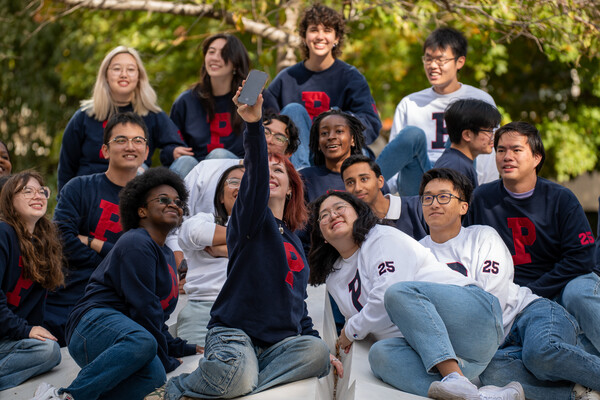Water and Nanoelectronics Will Mix to Create Ultra-Dense Memory Storage Devices, Researchers Say
PHILADELPHIA -- Excessive moisture can typically wreak havoc on electronic devices, but now researchers have demonstrated that a little water can help create ultra-dense storage systems for computers and electronics.
A team of experimentalists and theorists at the University of Pennsylvania, Drexel University and Harvard University has proposed a new and surprisingly effective means of stabilizing and controlling ferroelectricity in nanostructures: terminating their surfaces with fragments of water. Ferroelectrics are technologically important "smart" materials for many applications because they have local dipoles, which can switch up and down to encode and store information. The team's work is reported in the April issue of Nano Letters.
"It is astonishing to see that a single wire of even a few atoms across can act as a stable and switchable dipole memory element," Jonathan Spanier, assistant professor of materials science and engineering at Drexel, said.
Spanier and his colleagues successfully demonstrated the benefits of using water to stabilize memory bits in segments of oxide nanowires that are only about 3 billionths of a meter wide.
"We have been interested in how water sticks to oxides," Alexie Kolpak, Penn graduate student in theoretical physical chemistry, said. "We are particularly excited that water is the key ingredient in making these wires 'remember' their state."
In this investigation, led by Hongkun Park of Harvard and Andrew Rappe of Penn, the researchers probed oxide nanowires individually to characterize the size-dependence of ferroelectricity and performed calculations and experiments to validate the presence of molecules on oxide surfaces and detail their important role in nanoscale ferroelectricity. Significantly, these results show that ferroelectric surfaces with water fragments or other molecules can stabilize ferroelectricity in smaller structures than previously thought.
Though a scheme for the dense arrangement and addressing of these nanowires remains to be developed, such an approach would enable a storage density of more than 100,000 terabits per cubic centimeter. If this memory density can be realized commercially, a device the size of an iPod nano could hold enough MP3 music to play for 300,000 years without repeating a song or enough DVD quality video to play movies for 10,000 years without repetition.
This work is supported by the National Science Foundation, the Packard Foundation, the Dreyfus Foundation, the Office of Naval Research, the Center for Piezoelectric Design and the Army Research Office.







